The Lost Script of Africa: Adinkra Symbols and Their Royal Secrets
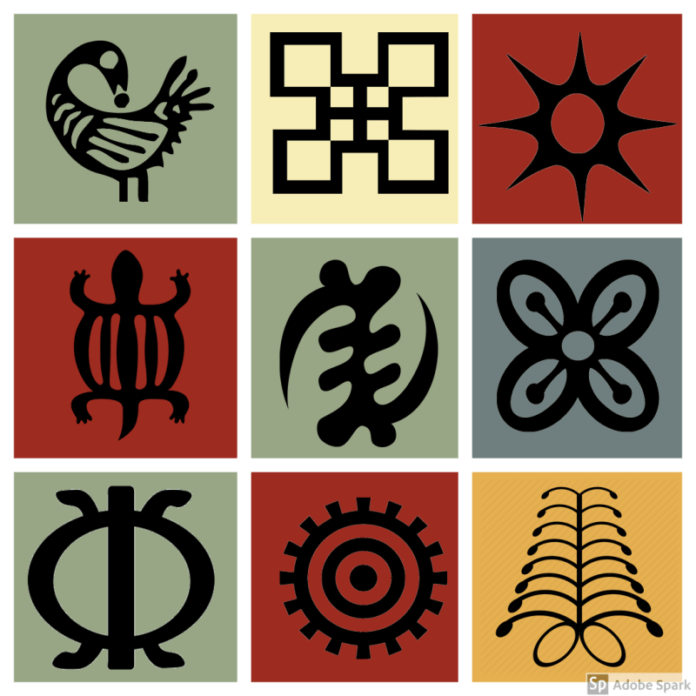
A leader. A warrior. A poet. Each wrapped in a different cloth, yet all speaking the same language—not with words, but with symbols.
For centuries, Adinkra symbols weren’t just decorations; they were messages, carefully hand-printed onto African textiles to express wisdom, power, and identity. A king, draped in cloth marked with Eban, declared himself a protector of his people. A warrior carried Eban Nkaba, a sign of resilience, into battle. A poet lost in thought, wore Duafe, a symbol of beauty and inner peace.
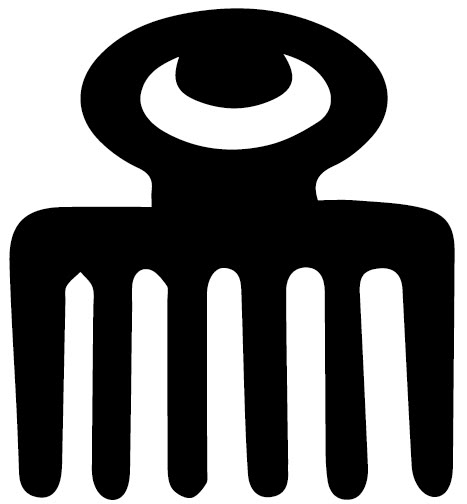
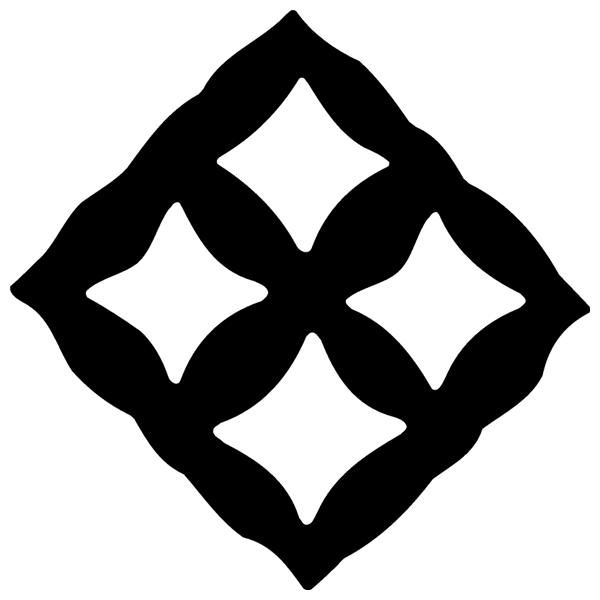
These symbols weren’t chosen at random.
They were personal and intentional.
A way to wear one’s values for the world to see. And though Adinkra was once reserved for the elite, its meaning has never faded.
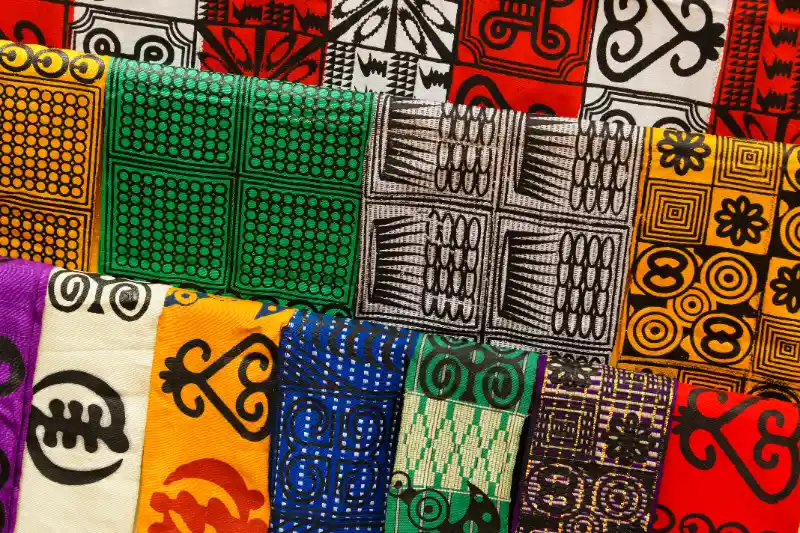
Like many traditions, the story of Adinkra began in conflict. In the 17th century, war broke out between the Asante and Gyaman kingdoms. When the Asante defeated King Adinkra of Gyaman, they didn’t just take victory, they took knowledge. His intricately patterned robe became a blueprint for what would grow into one of Africa’s most enduring textile traditions.
Over time, these symbols moved beyond royal courts and into everyday life. They traveled across continents, carried by the African diaspora, and found their way into modern culture.
From the runways of high fashion to films like Black Panther, Adinkra has become more than a historical artifact. It’s a living tradition, still evolving, still telling stories.
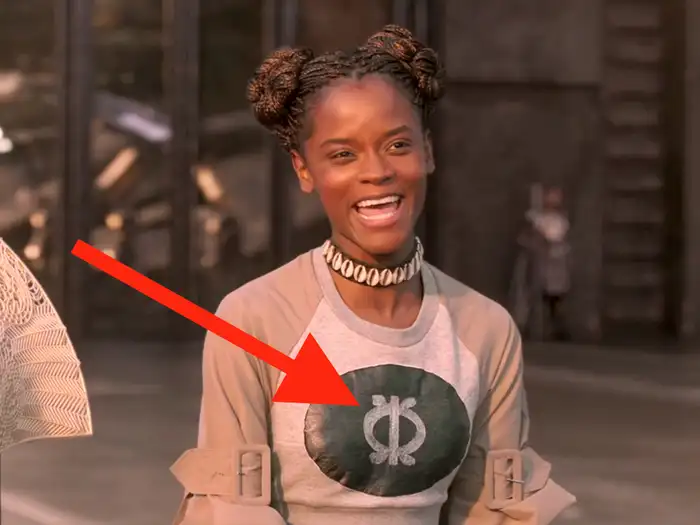
Each Adinkra symbol carries a story, a lesson, a philosophy.
Adinkra Symbols and Their Meanings
- Gye Nyame – “Except God.” A symbol of divine supremacy, a reminder that there is a force greater than us all.
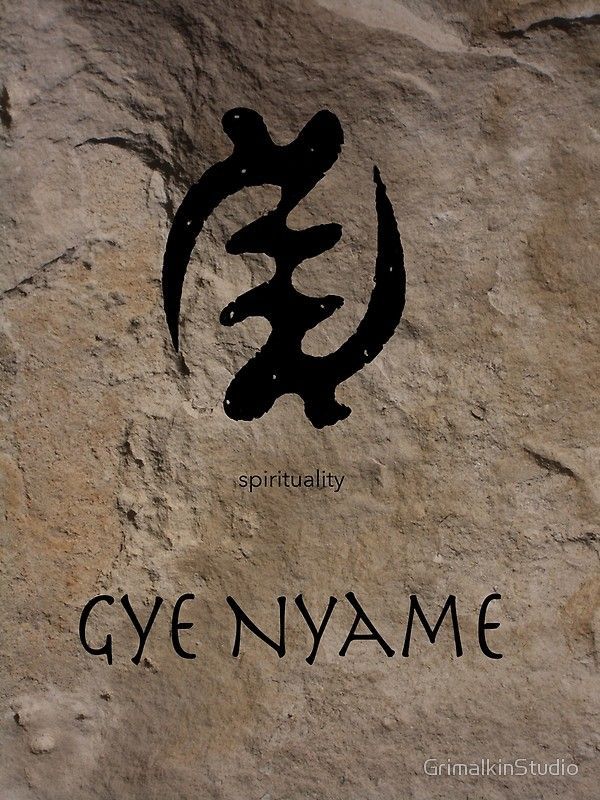
- Duafe – “Cleanliness and love.” Once used to mark wooden combs, this symbol stands for beauty, hygiene, and harmony.
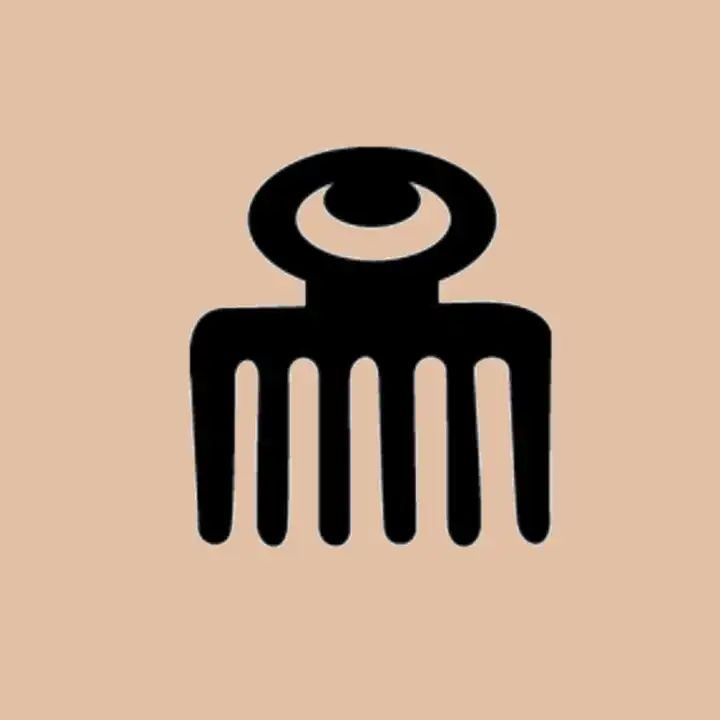
- Fawohodie – “Emancipation.” A representation of freedom and independence, deeply tied to Africa’s history of resistance.
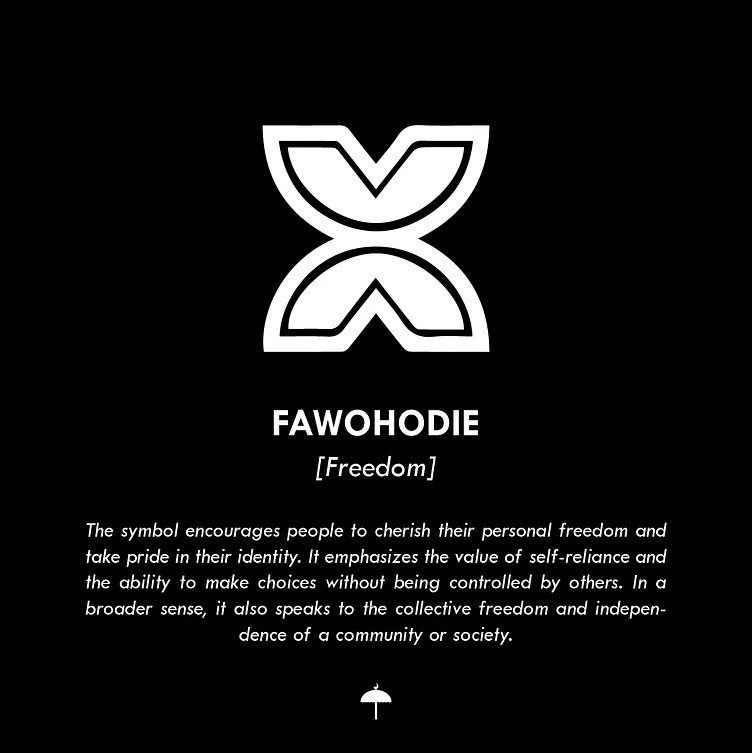
Wearing these symbols isn’t just about style. It’s about remembering and honoring the past while carrying its lessons into the future.
At Zakai, we don’t just design clothing; we tell stories. Every piece we create carries the weight of tradition, reimagined for the present. Because fashion isn’t just about what we wear. It’s about who we are, where we come from, and what we choose to carry forward.
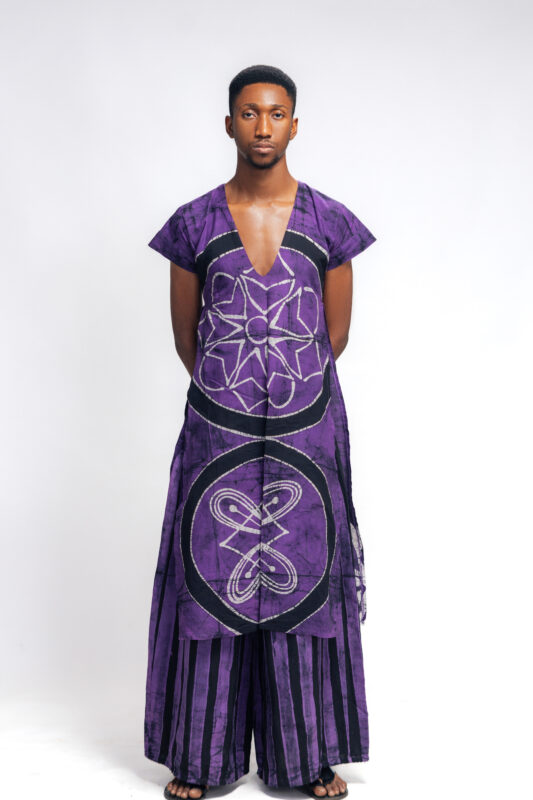
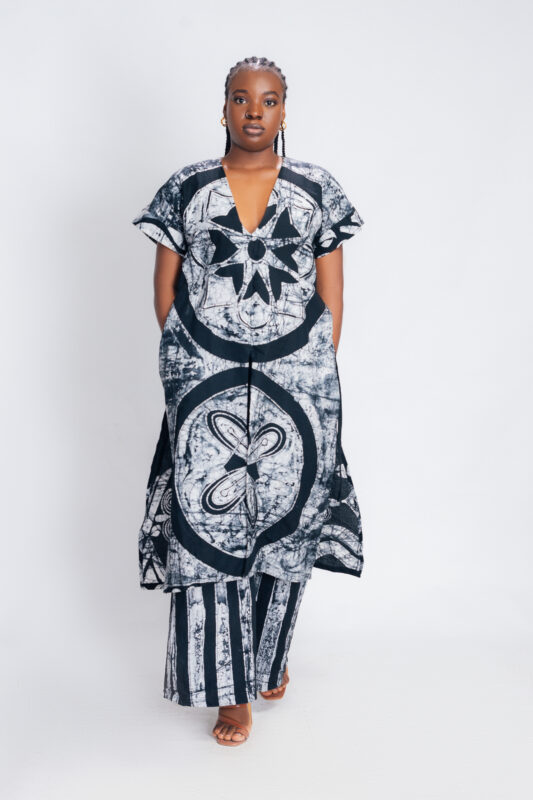
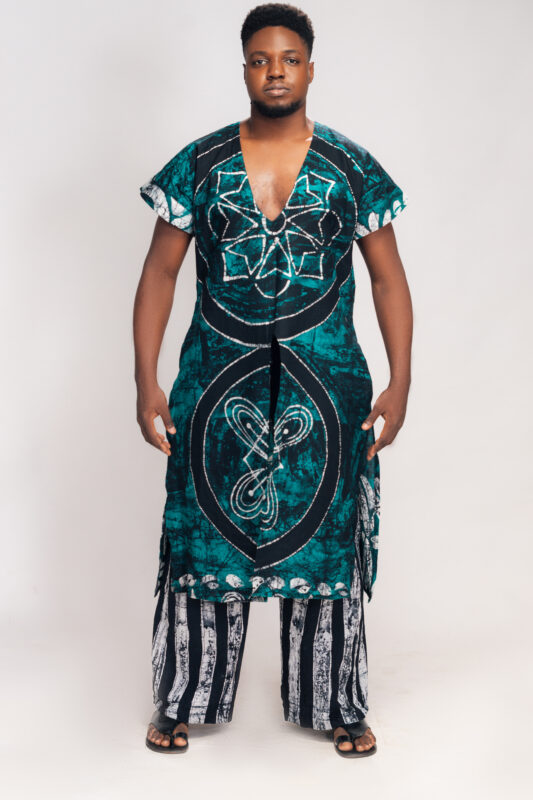
And as Adinkra steps onto the global stage once again, the question is no longer whether the world will embrace it.
The question is: What story will you choose to wear?
